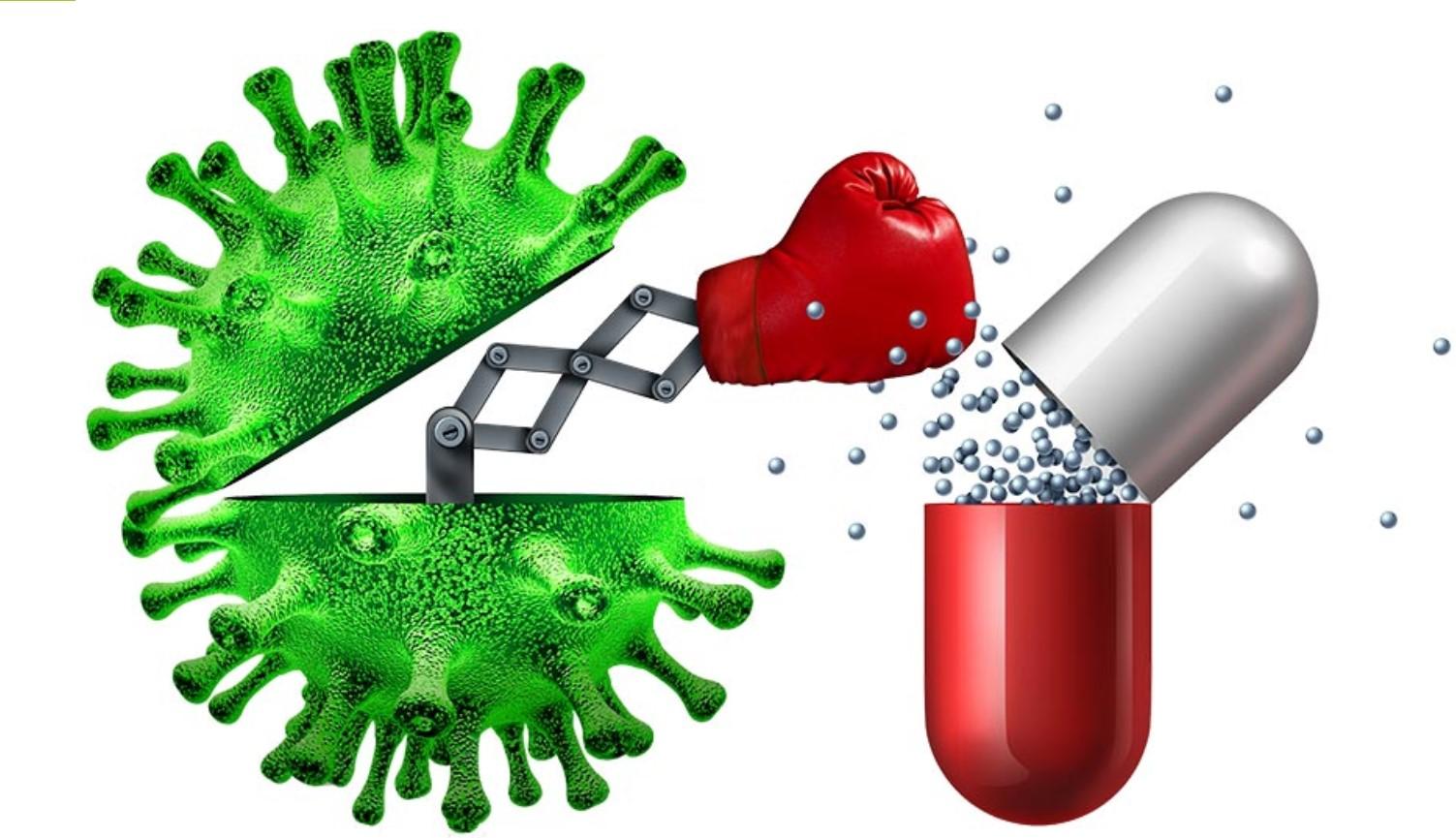The Rise of Antibiotic Resistance
Antibiotic resistance occurs when bacteria evolve mechanisms to withstand the effects of antibiotics, rendering these drugs ineffective in treating infections. This phenomenon is driven by a combination of factors, including overuse and misuse of antibiotics in humans, animals, and agriculture; lack of access to clean water, sanitation, and infection prevention measures; and the global spread of resistant bacteria through travel and trade. As a result, common infections become harder to treat, leading to increased morbidity, mortality, and healthcare costs.
Global Impacts of Antibiotic Resistance
The impacts of Global Antibiotic Resistance are felt worldwide, affecting people of all ages and demographics. In addition to posing a threat to individual health, antibiotic resistance also has broader societal and economic implications. Patients with antibiotic-resistant infections often require longer hospital stays, more intensive treatments, and are at greater risk of complications and death. Healthcare systems face increasing strain from the burden of antibiotic-resistant infections, leading to higher healthcare costs and reduced effectiveness of medical interventions.
Challenges in Addressing Antibiotic Resistance
Addressing antibiotic resistance is a complex and multifaceted challenge that requires coordinated action at the local, national, and global levels. One of the key challenges is the overuse and misuse of antibiotics, both in healthcare settings and in agriculture. Antibiotics are often prescribed unnecessarily for viral infections or used in subtherapeutic doses in agriculture, contributing to the development and spread of antibiotic-resistant bacteria. Additionally, the pipeline for new antibiotics is dwindling, with few new drugs in development to replace those that are becoming ineffective.
